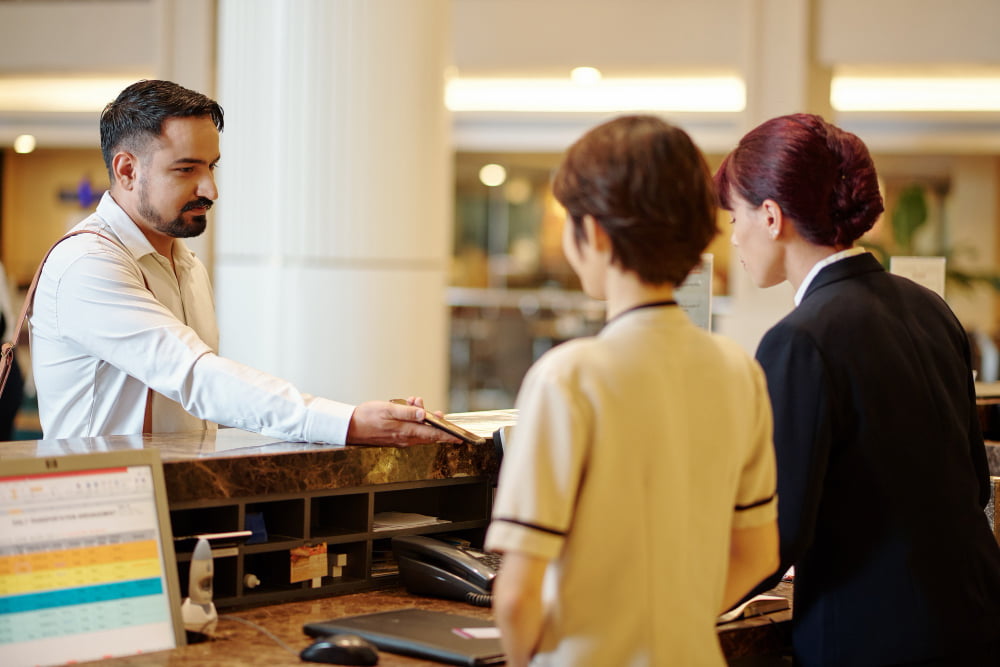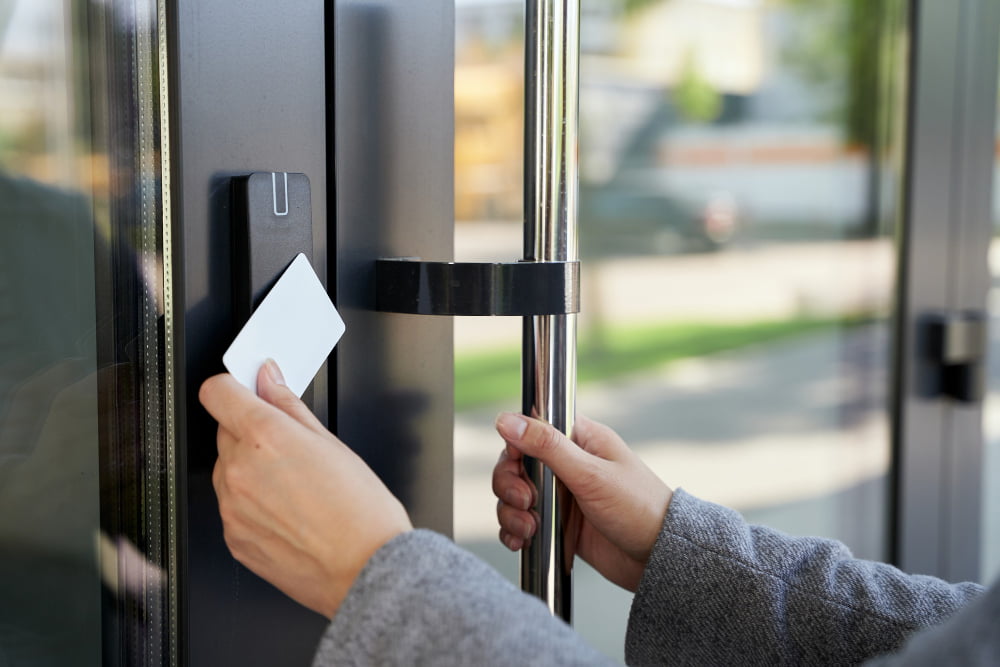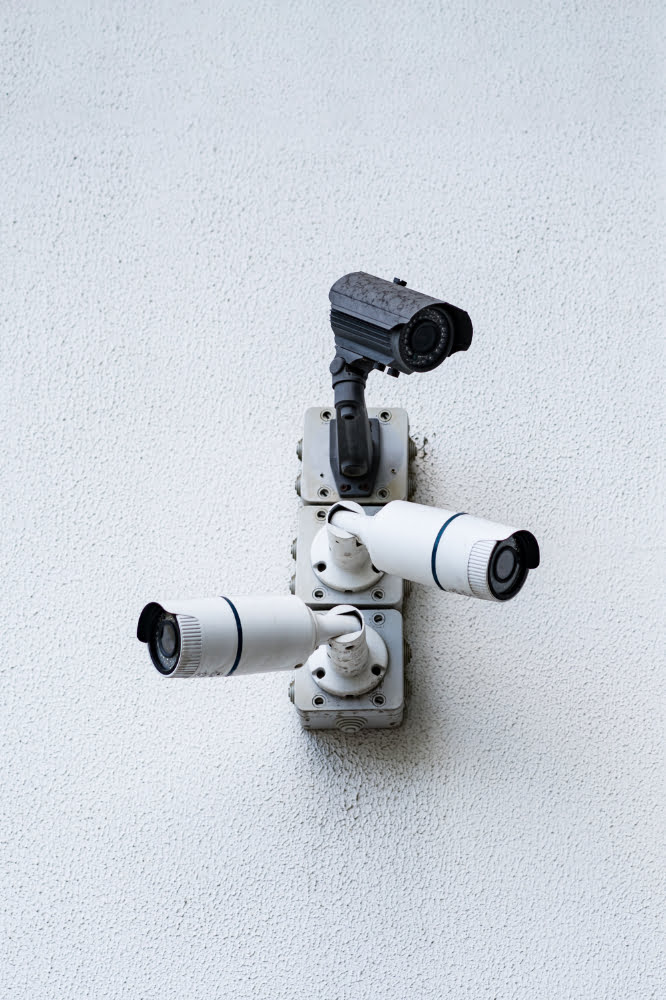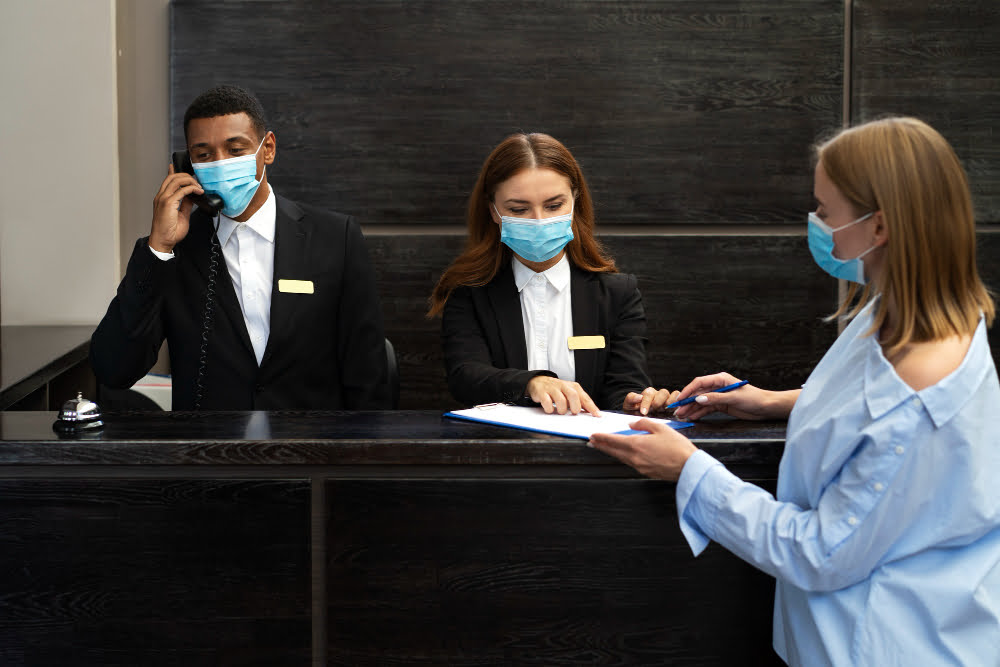Last updated on
Keeping guests safe and secure in residential buildings has become increasingly important. No property manager or building owner wants to risk the reputation of their business by failing to keep those who visit, live, or work on the premises fully protected. In order to provide a strong level of security for everyone associated with your residential properties, it is essential that you develop an effective plan that incorporates various measures from access control systems to surveillance equipment.
This comprehensive guide will help equip you with everything you need to know about ensuring guest safety in your residential buildings. From strategies for evaluating risks and hazards to exploring the different security solutions available, read on for all the information needed to understand how best to ensure each and every guest feels secure.
Develop a Security Protocol for Guests

Security has become an utmost priority. Whether it’s about ensuring the safety of people or protecting valuable assets, security protocols have become a necessary aspect of modern-day living.
That’s why it’s essential to develop a robust security protocol for guests entering buildings. This protocol should include two critical aspects: ID verification and contact tracing. The ID verification process can be done in several ways, such as scanning IDs, using facial recognition software, or fingerprint scanning.
The contact tracing aspect would require guests to provide their contact information, which can be used for contact tracing purposes if necessary. Such a protocol would help ensure the safety of everyone entering the building and reduce the risks of any potential security breaches.
Reputable personal injury lawyers in Denver note that if you have a robust security protocol in place, you can protect yourself from costly litigation should any accidents occur. It’s important to ensure your security protocols are updated regularly and remain compliant with local laws and regulations. So, learn how personal injury works.
Install Keycard Door Locks or Other Secure Access Systems

Home security is a top concern for every homeowner, and one of the most effective ways to secure your building from unauthorized access is by installing keycard door locks or other secure access systems. With these advanced security measures that restrict access to non-residents, you can be sure that only authorized individuals can gain access to your property.
This not only enhances the protection of your property but also gives you peace of mind knowing you and your loved ones are secure at all times. The beauty of keycard door locks is that they are easy to install and manage, and they can be customized to fit your specific needs and preferences. It’s time to take your home security seriously by installing these innovative security systems.
Position CCTV Cameras in Strategic Locations Around the Property

Ensuring that your property is secure is a top priority for any homeowner or property manager. To achieve this, it is important to position CCTV cameras in strategic locations around the property. Not only do cameras act as a deterrent to potential intruders, but they also provide invaluable footage that can be used to identify and prosecute any criminal activity.
When deciding where to place cameras, it is important to consider areas with high levels of foot traffic or valuable assets that may be targeted by thieves. With the right camera placement, you can rest easy knowing that your property is well-protected around the clock.
Maintain a List of Approved Visitors and Their Contact Information

Maintaining a list of approved visitors and their contact information is an essential step to ensure the safety and security of any facility. By having a detailed and up-to-date record of visitors, you can ensure that only authorized individuals are allowed access to your premises. Moreover, it helps in tracking who has entered and exited your premises, which can be a crucial piece of information during emergencies or investigations.
Having this list also makes it easier for your security personnel to verify the credentials of anyone trying to gain access to your premises, thus providing you with peace of mind and more secure premises overall. So, if you haven’t already, it’s time to start compiling your own list of approved visitors and their contact information.
Perform Random Safety Checks of Residents and Guests
Safety is always a top priority in any community, and performing random safety checks of both residents and guests is a crucial component in maintaining a secure environment. These checks allow for any potential hazards or safety concerns to be identified and addressed in a timely manner.
Residents can have peace of mind knowing that their well-being is being actively monitored, while guests can rest assured that the community is taking their safety seriously. By conducting these checks regularly and without warning, the community can ensure a high standard of safety and security for all its members.
Provide Emergency Call Boxes Throughout the Building
When it comes to safety, every second counts. That’s why having emergency call boxes throughout a building can be a lifesaver. In times of crisis, it’s important to have direct access to the help you need without any delay. By having call boxes placed strategically throughout the building, help can be summoned with just a push of a button.
These call boxes provide a sense of security knowing that help is just a few steps away. Whether it’s a medical emergency, natural disaster, or other unforeseen circumstance, having emergency call boxes can mean the difference between a minor and a major disaster. So, let’s make safety a top priority and install these life-saving devices throughout the buildings.
The Takeaway
Overall, by implementing a well-designed security protocol such as the one described in this blog post, you will be taking significant steps toward providing a secure and safe environment for all your residents and guests. The combination of various security systems and solutions such as ID verification, contact tracing, keycard access systems, CCTV cameras, approved visitor lists, and random safety checks can help reinforce your efforts to ensure the safety of everyone in your building.
Lastly, emergency call boxes should also be included in the security protocol for any unforeseen circumstances. It is important to remember that your security measures should always evolve and adapt to changes in technology. For these reasons, regularly updating your security measures will ensure that you are always ahead of potential threats.
Recap:



